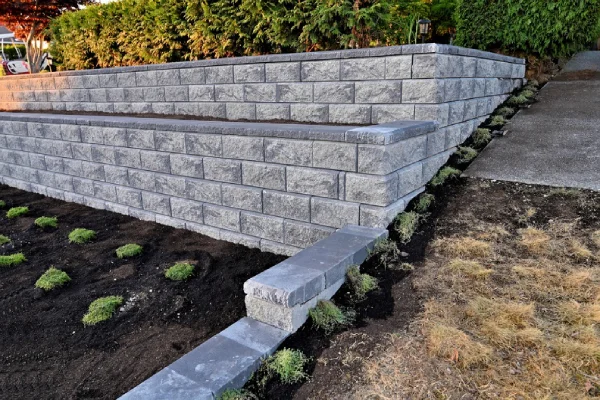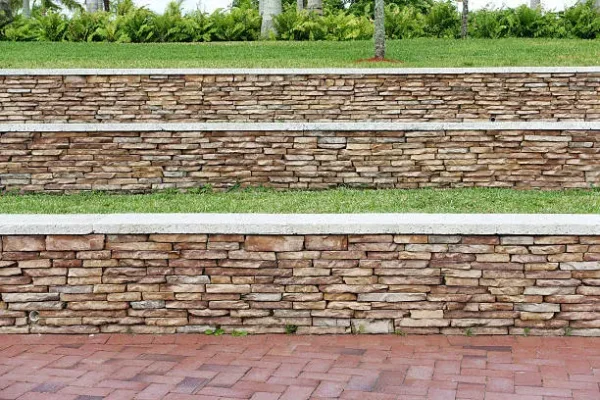The Importance and Functionality of Retaining Structures
Retaining walls play a crucial role in landscaping and construction by preventing soil erosion. They offer support to vertical or near-vertical grade changes. By stabilizing slopes, these walls prevent landslides, protect structures from damage, and enhance the aesthetic appeal of landscapes. Understanding their structural role is essential for ensuring safety and functionality in various environments.

Key Functions of Retaining Walls
Retaining walls are primarily designed to hold back soil and manage water drainage. These structures serve to prevent soil erosion, which can be detrimental to landscapes and buildings. By supporting steep slopes, retaining walls help create usable land on uneven terrain. Additionally, they can direct water flow effectively, reducing the risk of flooding in certain areas.
Benefits of Using Retaining Walls
Using retaining walls comes with numerous benefits. Firstly, they provide stability and prevent soil movement, which can otherwise lead to property damage. Secondly, they enhance the landscape’s appearance by adding depth and texture. Finally, retaining walls can increase property value by creating more functional outdoor spaces and appealing landscaping features.
Common Issues in Designing Retaining Walls
Designing effective retaining walls involves several challenges. One common issue is improper drainage, which can lead to wall failure. Ensuring proper installation during retaining wall construction is crucial to avoid such problems. Soil type also plays a significant role; inadequate consideration of soil conditions can result in instability. Lastly, selecting the wrong materials can impact the wall’s durability and longevity.
Steps Involved in Retaining Wall Construction
Building a retaining wall involves several key steps:
- Planning: Assess the site and determine the wall’s purpose.
- Designing: Choose appropriate materials and design based on load requirements.
- Excavation: Remove existing soil and level the area.
- Foundation: Lay a strong base to support the wall.
- Construction: Build the wall using chosen materials.
- Drainage: Install proper drainage systems to prevent water buildup.
Best Practices for Maintaining Retaining Walls
To ensure the longevity of retaining walls, adhere to best practices such as regular inspections for cracks or bulges. It is important to maintain proper drainage systems to prevent water damage. Choosing suitable materials that resist weathering will also enhance durability. Collaborate with experts who understand local soil conditions for optimal results.

Cost Factors Involved With Building Retaining Walls
The cost of building retaining walls depends on several factors. Material choice significantly influences costs; natural stone tends to be pricier than concrete blocks. Labor costs vary based on complexity and site conditions. Permitting fees might apply depending on local regulations. However, investing in quality materials and professional services often leads to long-term savings through reduced maintenance needs.
Conclusion: Making Informed Decisions About Retaining Walls
When planning retaining wall projects, consider all aspects from design through maintenance. Choose high-quality materials and engage experienced professionals to ensure successful outcomes. Our team at Metro NY Construction Inc. is ready to assist you every step of the way. Contact us at (929) 641-0846 for expert advice tailored to your specific needs. Located in Bronx, NY, we are committed to delivering exceptional service for your construction projects.